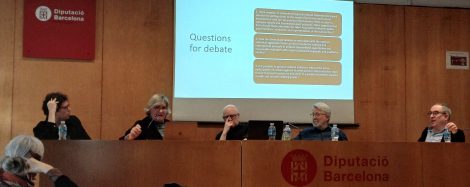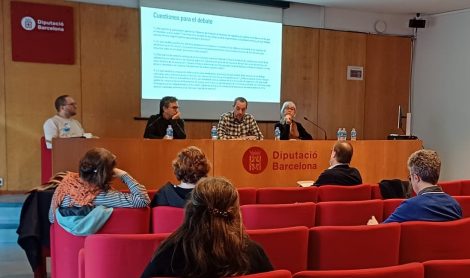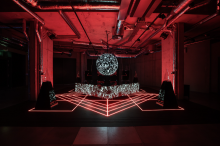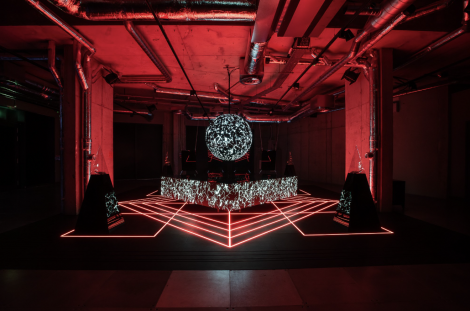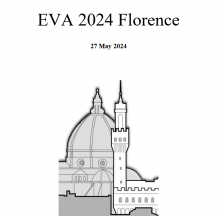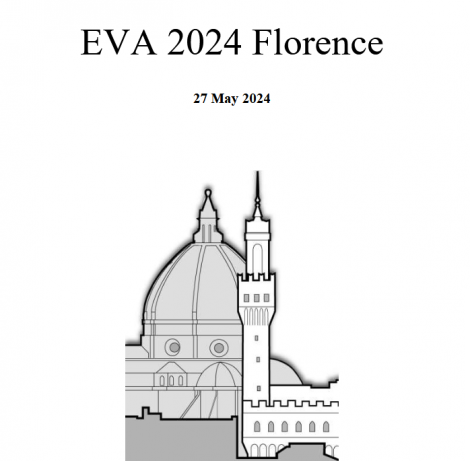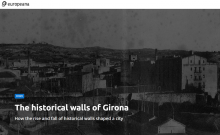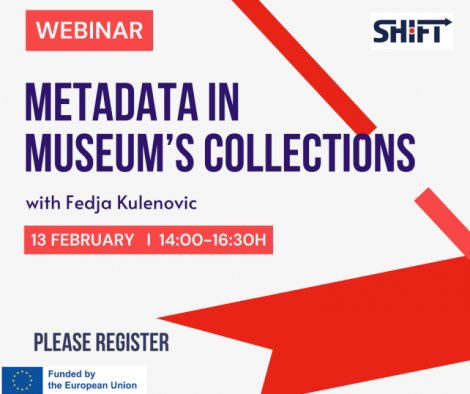 The webinar aims to provide practical knowledge and inspiration for embracing digital innovation in the museum sector and is part of the SHIFT project (Metamorphosis of Cultural Heritage Into Augmented Hypermedia Assets for Enhanced Accessibility and Inclusion) that is being funded by the European Union Horizon Europe program.
The webinar aims to provide practical knowledge and inspiration for embracing digital innovation in the museum sector and is part of the SHIFT project (Metamorphosis of Cultural Heritage Into Augmented Hypermedia Assets for Enhanced Accessibility and Inclusion) that is being funded by the European Union Horizon Europe program.
Join us for a comprehensive webinar that delves into crucial aspects of digital transformation in museums, focusing on data management, metadata strategies, and innovative practices for the digital era. This webinar is designed for museum professionals, curators, and anyone interested in the intersection of culture, technology, and information management.
The webinar will be held online on February 13, 2024, from 14:00 to 16:30.
If you are interested in participating, please register for the event by midnight on February 12.
The application form can be found here: https://forms.gle/dZpNNXaug66fGu9p8
The lecturer at the webinar will be Fedja Kulenovic, an information and communication expert researching and practicing in the fields of data science, information sciences, knowledge management, and communications. He collaborates as a consultant with many governmental bodies, non-governmental organizations, and the business sector. Fedja strives to transfer his knowledge and experience to students of library and information sciences at the Faculty of Philosophy, University of Sarajevo.


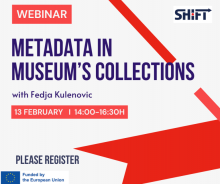

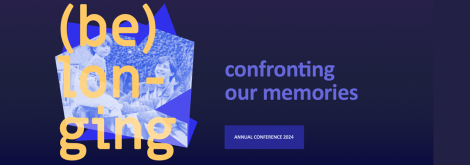

 Citizen Science makes a significant contribution to a vibrant civil society – and this is fortunately also being perceived by an increasingly broad public. The European Commission wants to further promote this development and underline the importance of Citizen Science, not least for the sustainability of our society. The new “European Union Prize for Citizen Science”, which was awarded for the first time in 2023, is an expression of this concern. The annual prize recognizes outstanding initiatives that put research, innovation, commitment and creativity at the service of our society, empowering us as individuals and strengthening us as a community, and whose social and political impact advances the further development of a pluralistic, inclusive and sustainable society in Europe.
Citizen Science makes a significant contribution to a vibrant civil society – and this is fortunately also being perceived by an increasingly broad public. The European Commission wants to further promote this development and underline the importance of Citizen Science, not least for the sustainability of our society. The new “European Union Prize for Citizen Science”, which was awarded for the first time in 2023, is an expression of this concern. The annual prize recognizes outstanding initiatives that put research, innovation, commitment and creativity at the service of our society, empowering us as individuals and strengthening us as a community, and whose social and political impact advances the further development of a pluralistic, inclusive and sustainable society in Europe.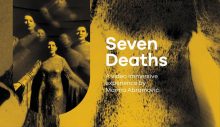
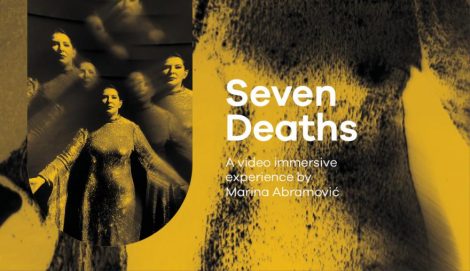
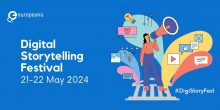
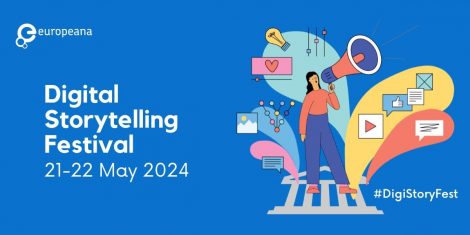
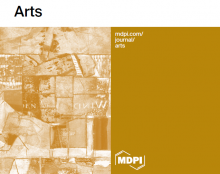
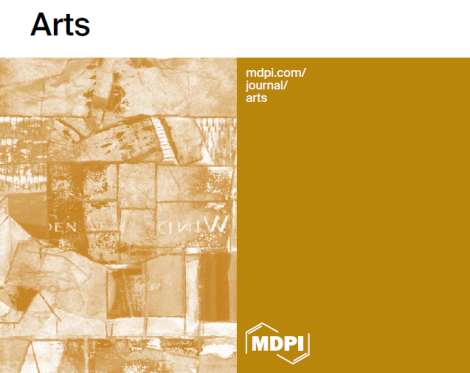
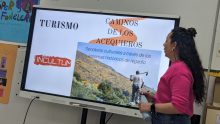
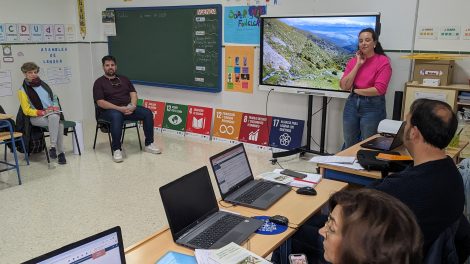
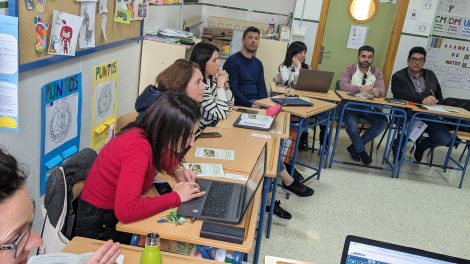
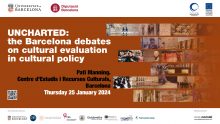
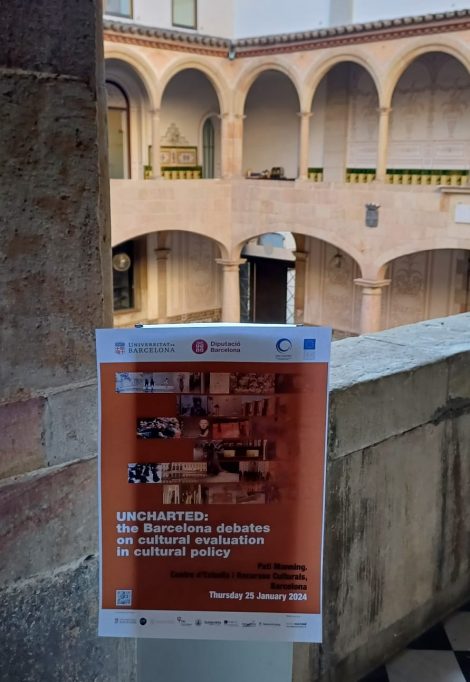 The last event organised by UNCHARTED took place in
The last event organised by UNCHARTED took place in 